Why Is Desire Always Linked to Crime? KARL HOLMQVIST
|Claire Koron Elat
A$$$$$ THE WORRLD TURN$$, “The true artist of tomorrow helps this world by revealing my$$tic truths..,” “We all just prisoners here of our cellu-la-r device,” or “What Putin could learn from the LGBTQ+” are a selection of work titles and statements by artist Karl Holmqvist. For him, pop is a viral language—and while Standard American English can certainly be defined as one too, Holmqvist’s mode of working consists of bending and distorting common spelling and grammatical structures.
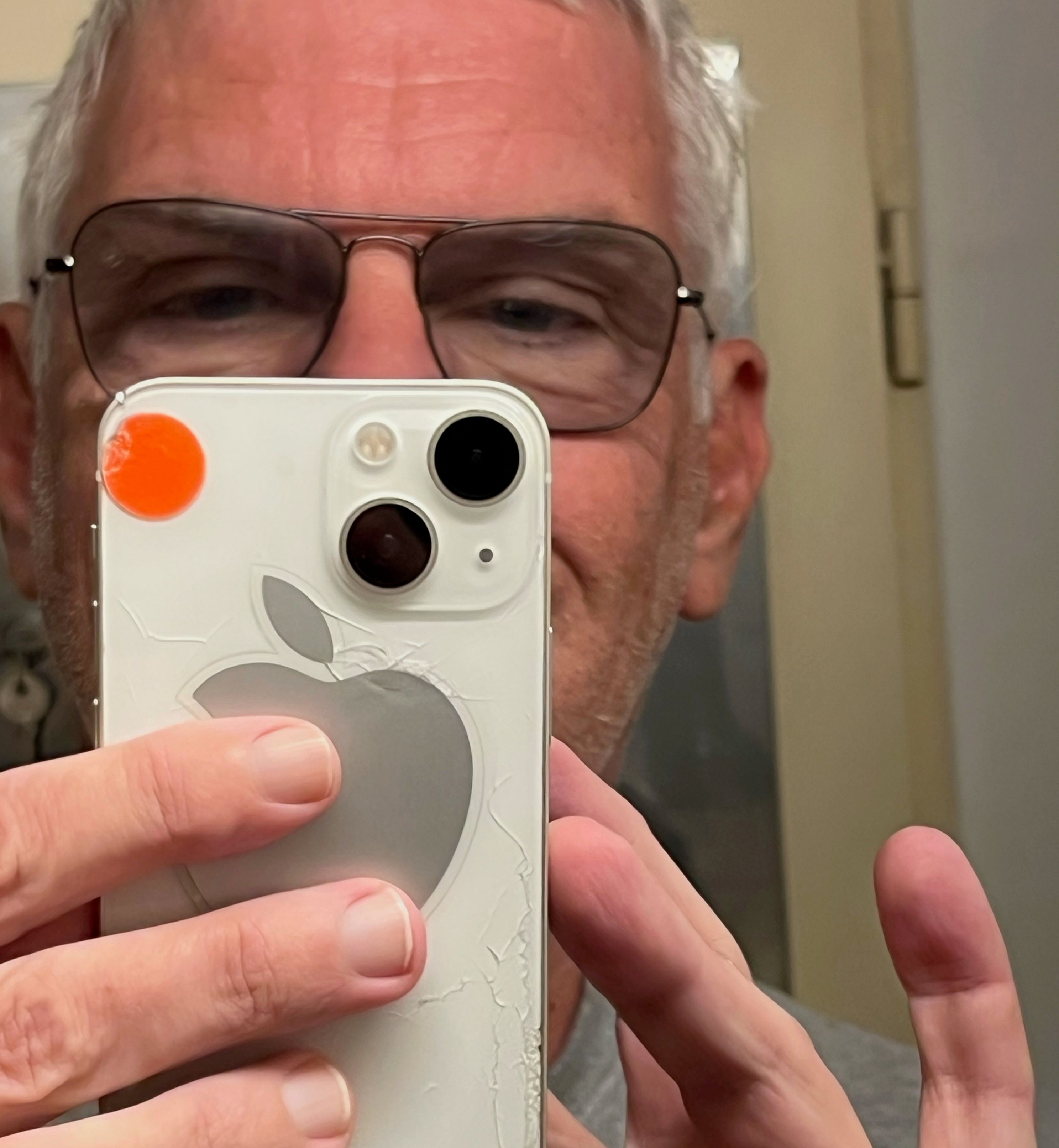
CLAIRE KORON ELAT: Your Instagram bio says, “give ig poetry a try.“
KARL HOLMQVIST: It’s poetry because it’s language experimentation, and “a try” because it is a kind of test. It’s post-studio, I guess, or else IG is my studio.
I’m a bit late. I started the account just around a year and a half ago, mostly posting voice recordings that are accompanied by simple graphic sound curves. I thought it might be interesting for an image medium such as Instagram to use language and sound, so that people can make up their own images in their mind.
CKE: Why did you choose Instagram?
KH: For this reason, and I also like the way they loop their reels so that something can be on repeat forever, it’s obsessive.
CKE: Do you consider this account as part of your practice?
KH: Well, you tell me lol, but I think so yes… usually, you would make an exhibition, and then use Instagram to announce it and get people to come. If you publish work on Instagram, you don’t need to go anywhere because the work is right there on your phone. You can view the whole thing as a kind of collage, using image, text, and sound.
Like these #compositenames I’ve been doing. Usually it’s with a man’s name and a woman’s name, for example Agnes Martin and Martin Kippenberger becomes AGNES MARTIN KIPPENBERGER. Or Enrico David and David Hammons become ENRICO DAVID HAMMONS. It’s a way of mixing races, sexes, and ages to create these new imaginary beings.
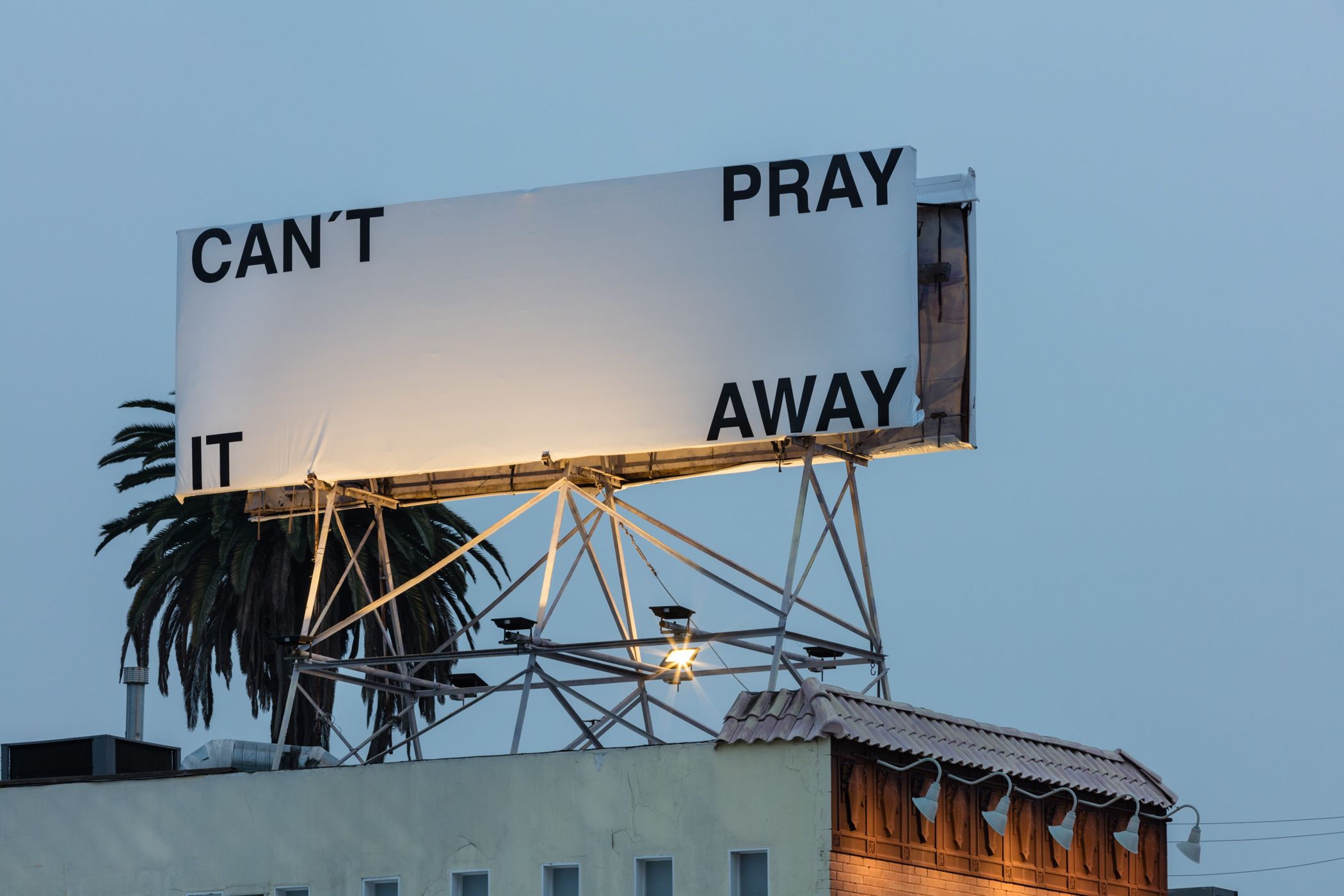
CKE: I was thinking of Tony Cokes, who works with text-based screens and plays music as part of the work. But the works you’re posting on Instagram are more about the act of pronouncing a sentence or word rather than the combination of text and sound in an artwork.
KH: I think there might be similarities in our works in that we’re both looking to fix a kind of communal consciousness through the use of found phrases. It is also true that I have been more interested in the difference between the written and the spoken, and how it repeats in memory.
CKE: “Why is desire always linked to crime?” “Is it Fendi or friendly or both,” or “if men could accept their feminine side women would not need to become men” are some sentences that you used for on- and offline works. These sentences or slogans are quite funny but can also be read in a critical way. Is humor a starting point for critique?
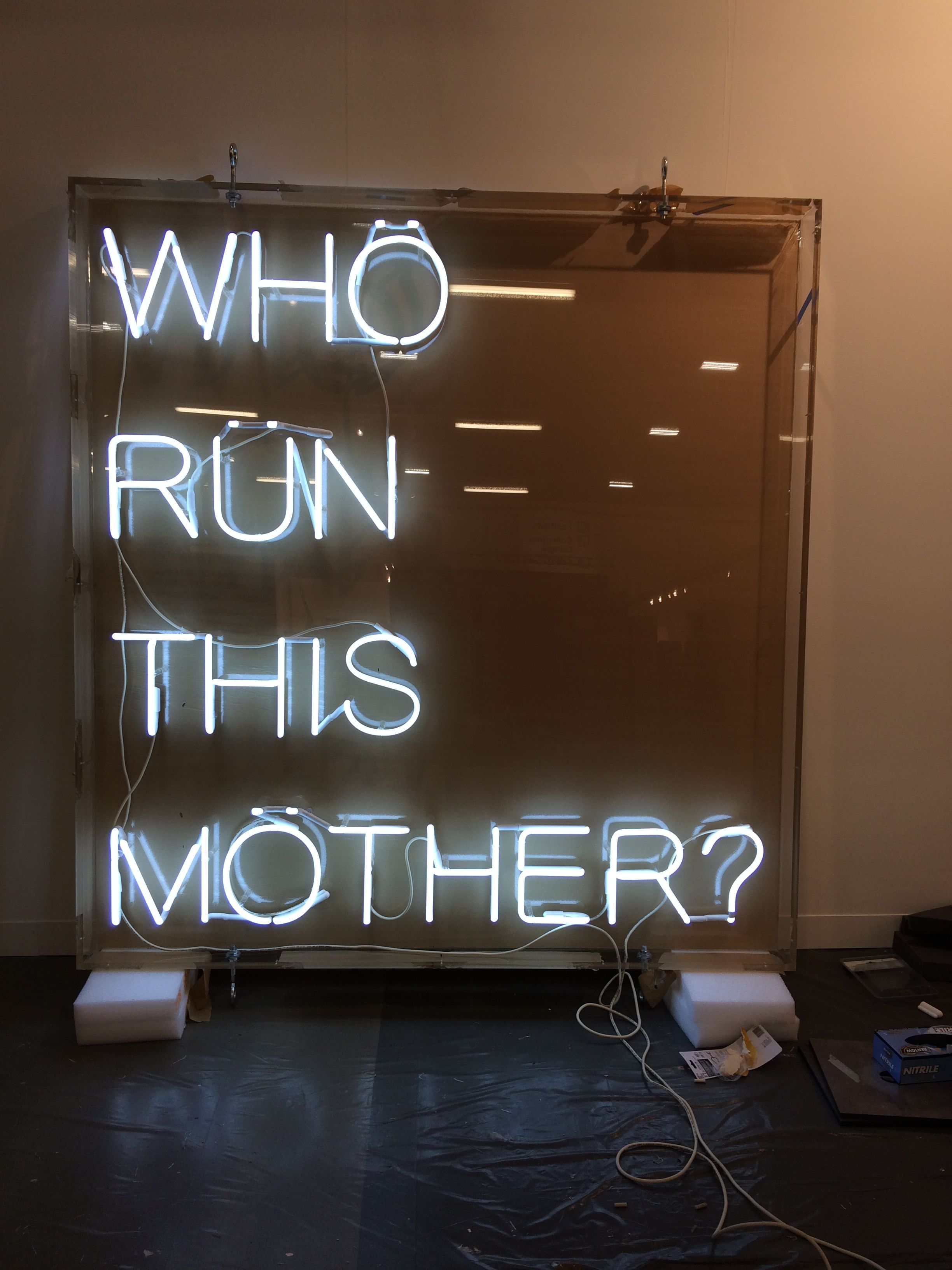
KH: Certainly, but also things can have a sense of ambiguity, of being several things at the same time, funny AND sad, or disturbing AND beautiful. It’s a bit like life, you know.
The “Fendi-friendly” reel is from a Karl Lagerfeld interview, where he states that he actually is very friendly. That’s kind of surprising because he didn’t always seem like it. It was always a bit of a running joke that he’s the “other” Karl—I have myself somehow compared to this self-branding and mega-celebrity status. In the end, it’s maybe a bit of an insider’s joke, but a lot of art actually is. Isa Genzken would always insist that the Mona Lisa is a self-portrait of da Vinci in drag, hence the smile.
CKE: What about “Why is desire always linked to crime?”
KH: Yeah, why is that exactly? Is it part of people trying to police each other’s behavior, especially when it comes to sexuality and who desires whom?
CKE: The other slogan I mentioned involving men and women is from a show that you had at Freedman Fitzpatrick in Los Angeles. It asked, “Who run this mother?” which is a quote from a Beyoncé song. There, you were addressing corporate feminism or, at least, the kind of neoliberal feminism that Beyoncé represents as a commercial pop icon, right?
KH: Beyoncé’s amazing—not because she’s a woman or feminist, if she is one, or at least not only because of that. It’s because she is an amazing artist. But it’s something I might have used in a more provocative way, pointing to how women are still the underdog even though it’s meant as affirmative. In a way I like queering things, where it doesn’t matter who is who or what or where people can be many things at once.
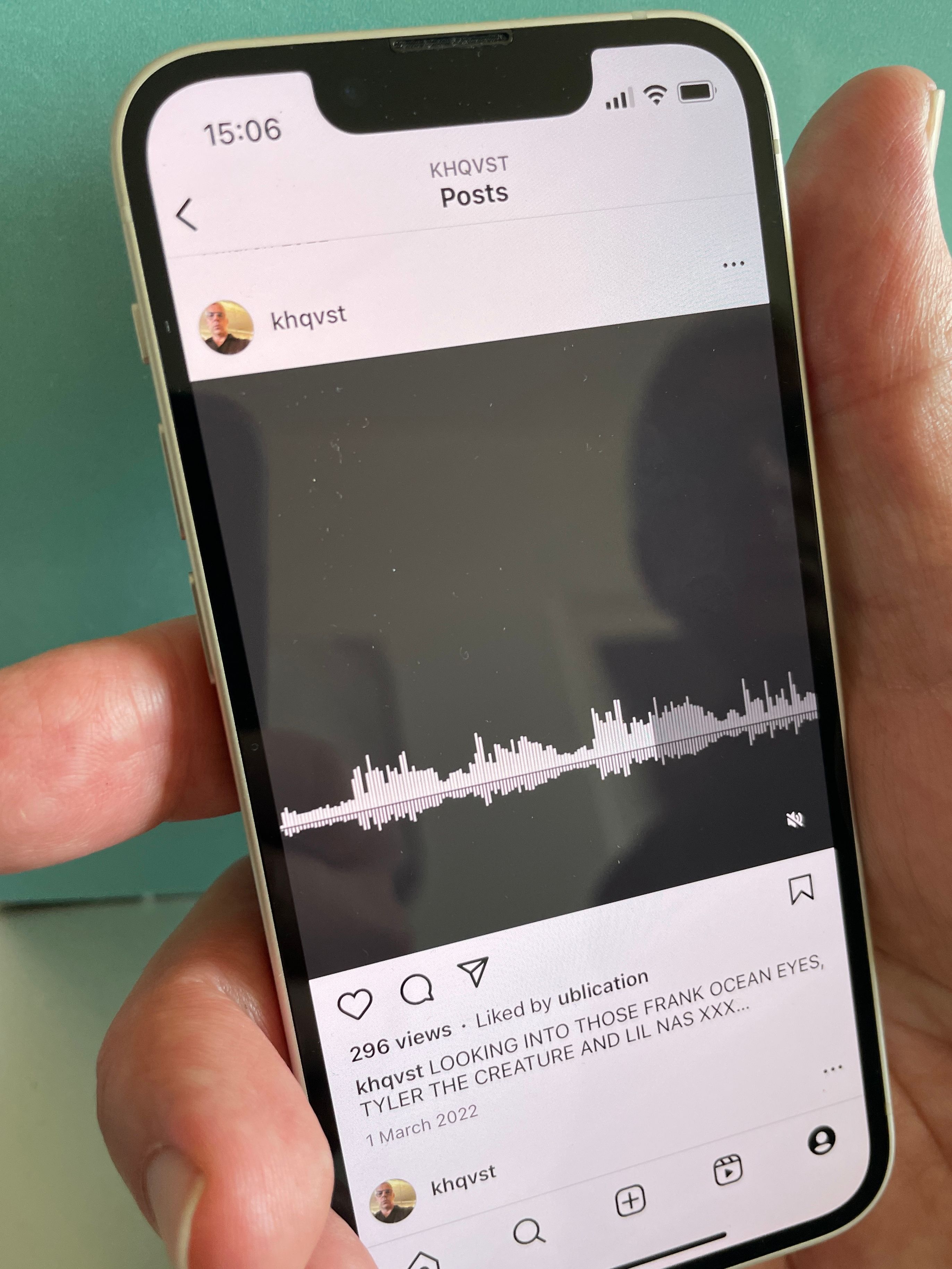
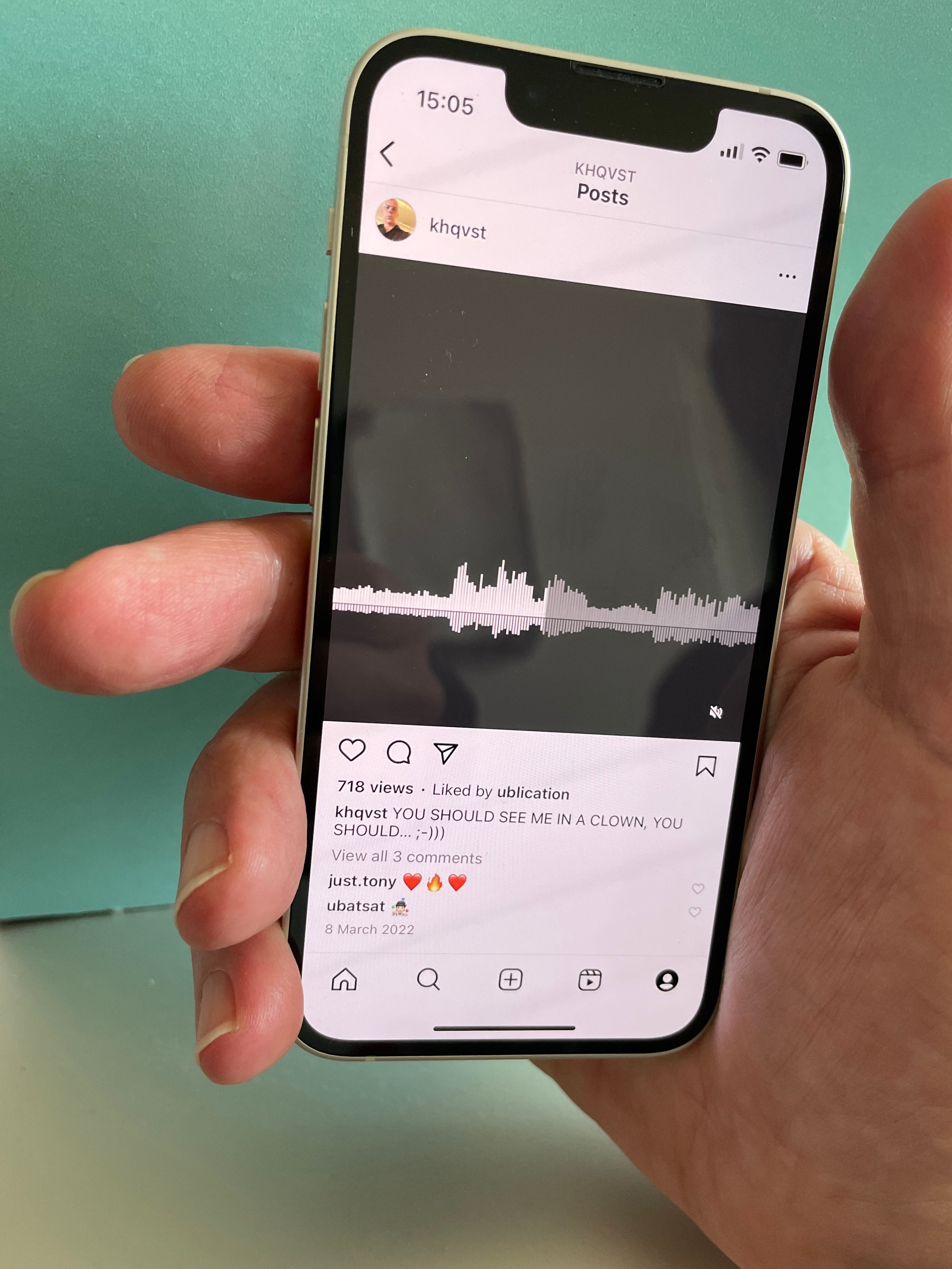
CKE: You often reference people outside the art world, such as Frank Ocean, Tyler, The Creator, or Lil Nas X. In another interview, you said that pop culture is a viral language. In what ways is this cultural language important for your practice?
KH: Because of it’s part of pop culture, of a general celebrity culture, and what people keep track of.
CKE: You also sometimes write for magazines and had conflicts because of ideas of different styles or usages of language. But editing your writing might simply be a way to make it more accessible for a larger audience. And if you want to take it even further, it might be a way for it to reach more people.
KH: This is exactly where there would be a conflict. Beyond reaching people, you also need to think about what it is you’re wanting to say as an artist, which might not be part of what’s rational, easily accepted, or “understood” in a wider sense.
One of the more common comments from regular people about contemporary art is that they don’t understand it. Well, maybe it’s not meant to be understood necessarily—or to be understood differently, with time or through a different context.
CKE: In some ways, your work could be understood as an alternative form of publishing that isn’t market-driven or trying to fit in the framework of how publishing works for media houses.
KH: As an artist working with words, what I do would be related to or somehow part of what I guess everyone else working with words is doing—including publishers, news outlets, or recording artists. But if it is art, it also needs to be somehow different or have the audience discover things, think about them in ways they maybe haven’t quite done up until then. That’s the challenge.
Credits
- Text: Claire Koron Elat
Related Content
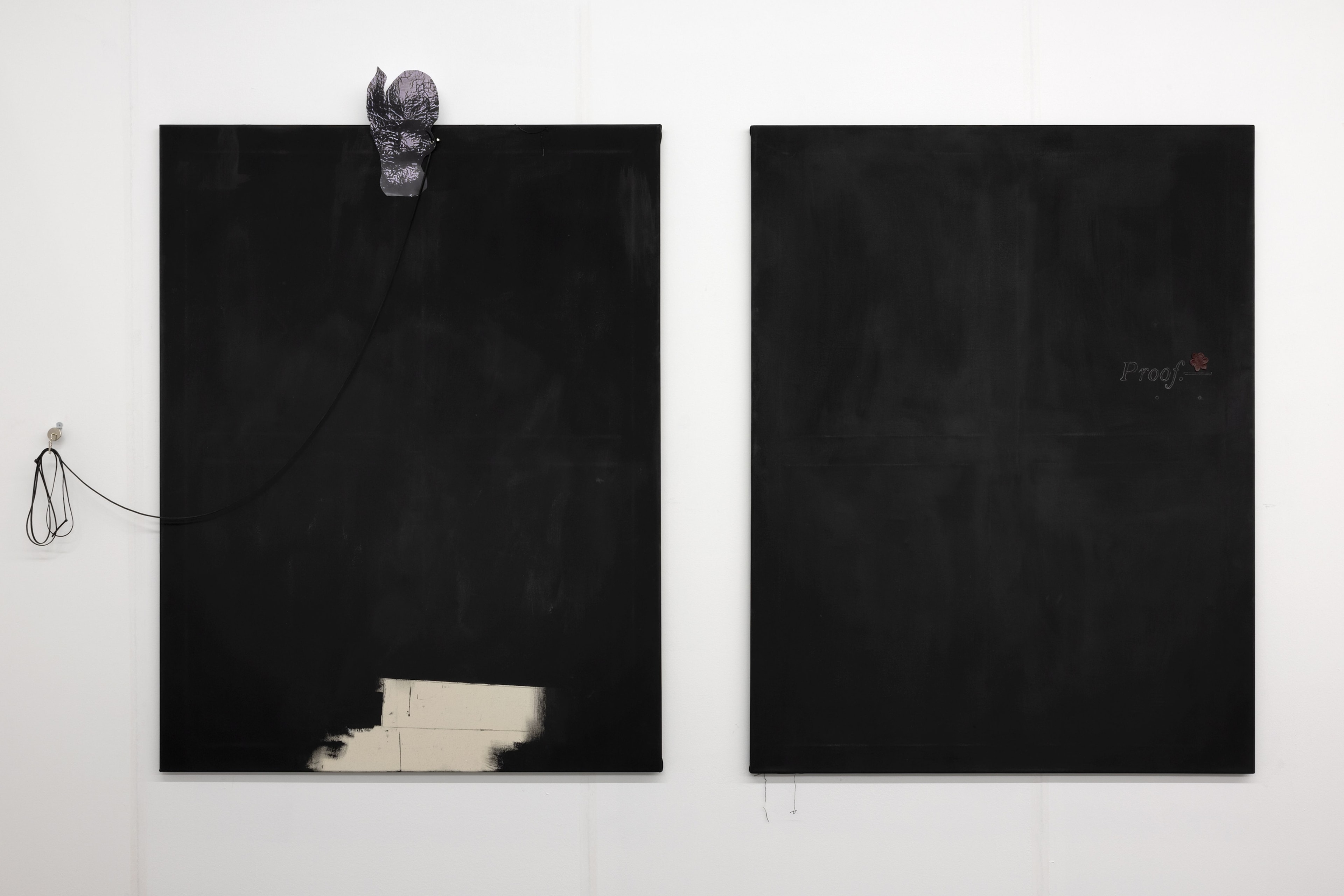
The Undercurrents of Materials: CUDELICE BRAZELTON IV
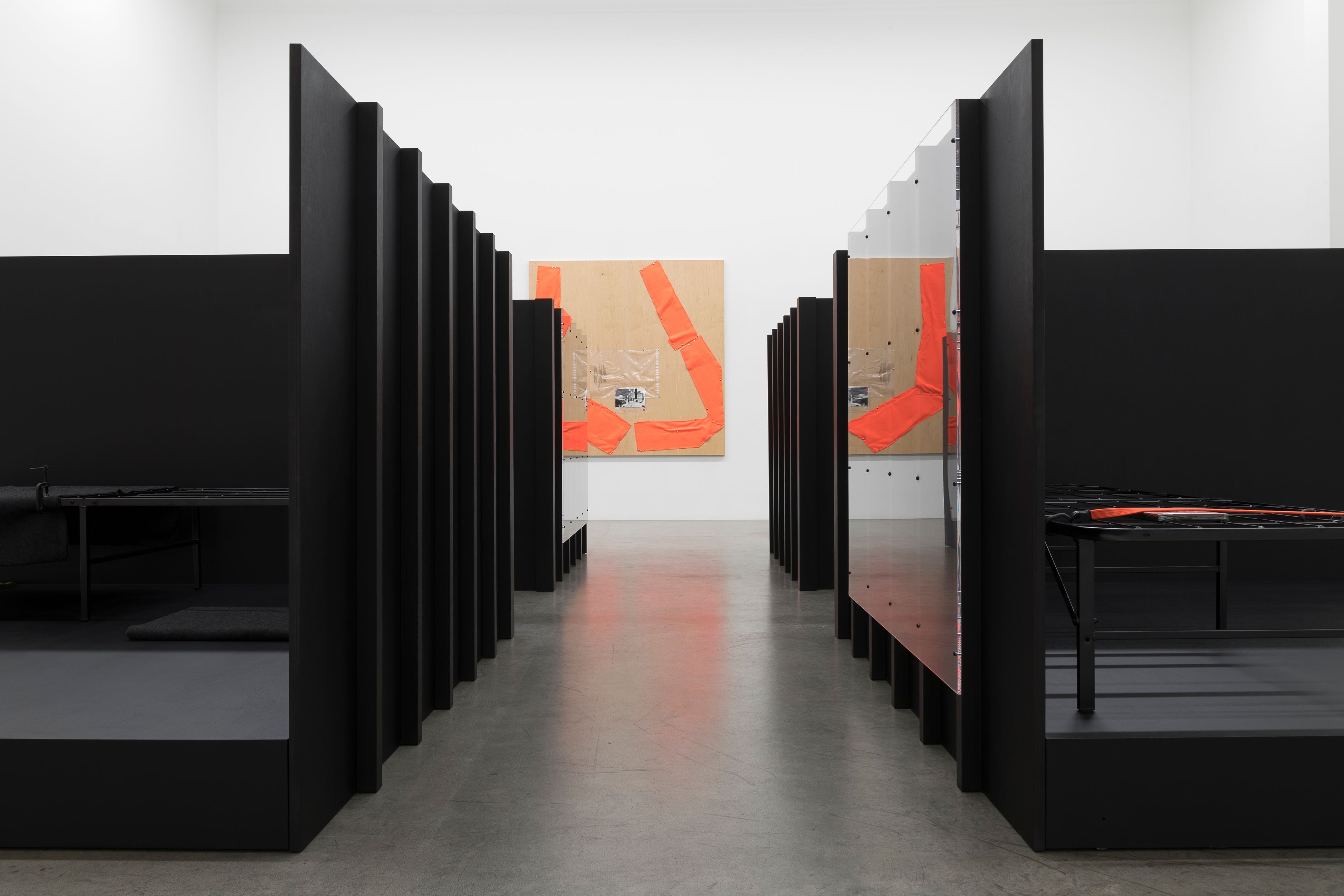
Priapic Architectural Tissues: TOM BURR in Conversation with PIERRE-ALEXANDRE MATEOS and CHARLES TEYSSOU
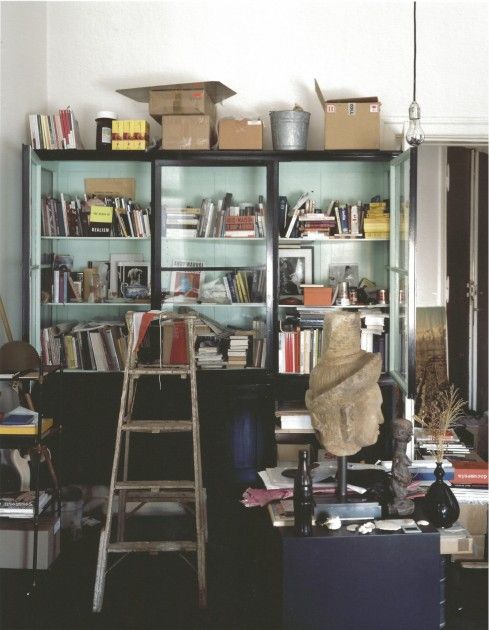
“Archive” by Alexander Schröder
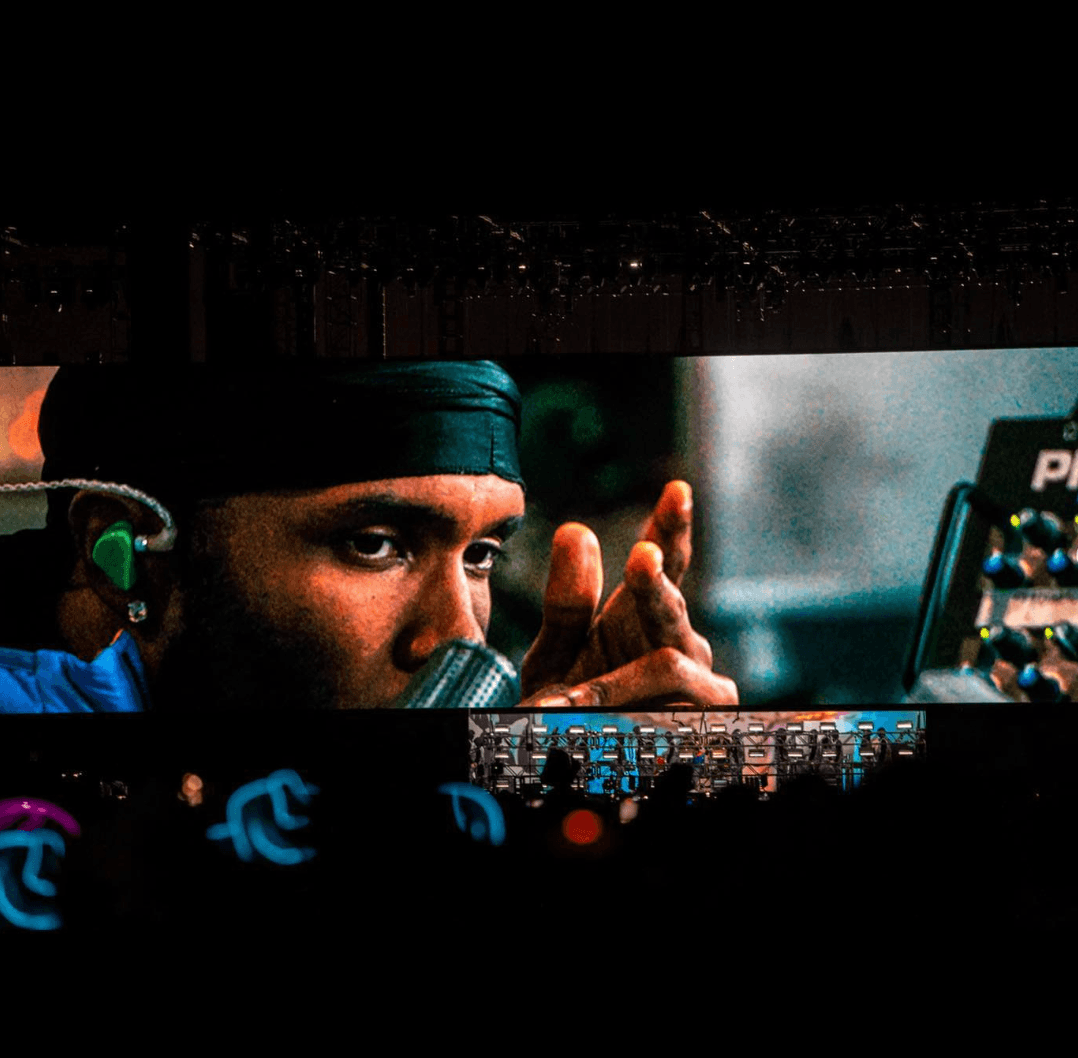
FRANK OCEAN: the Mysterious Artist
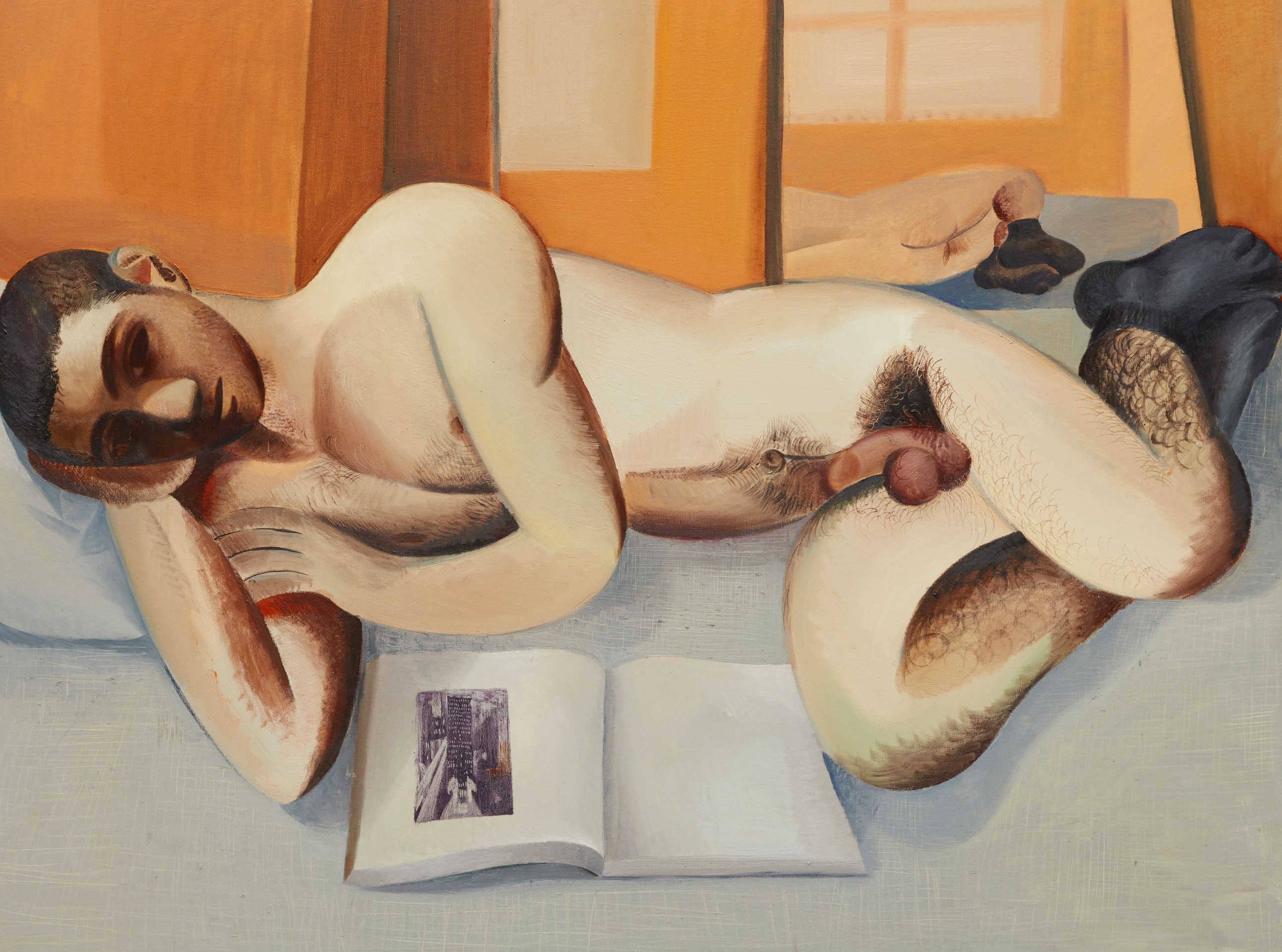
LOUIS FRATINO Paints Gay Intimacies
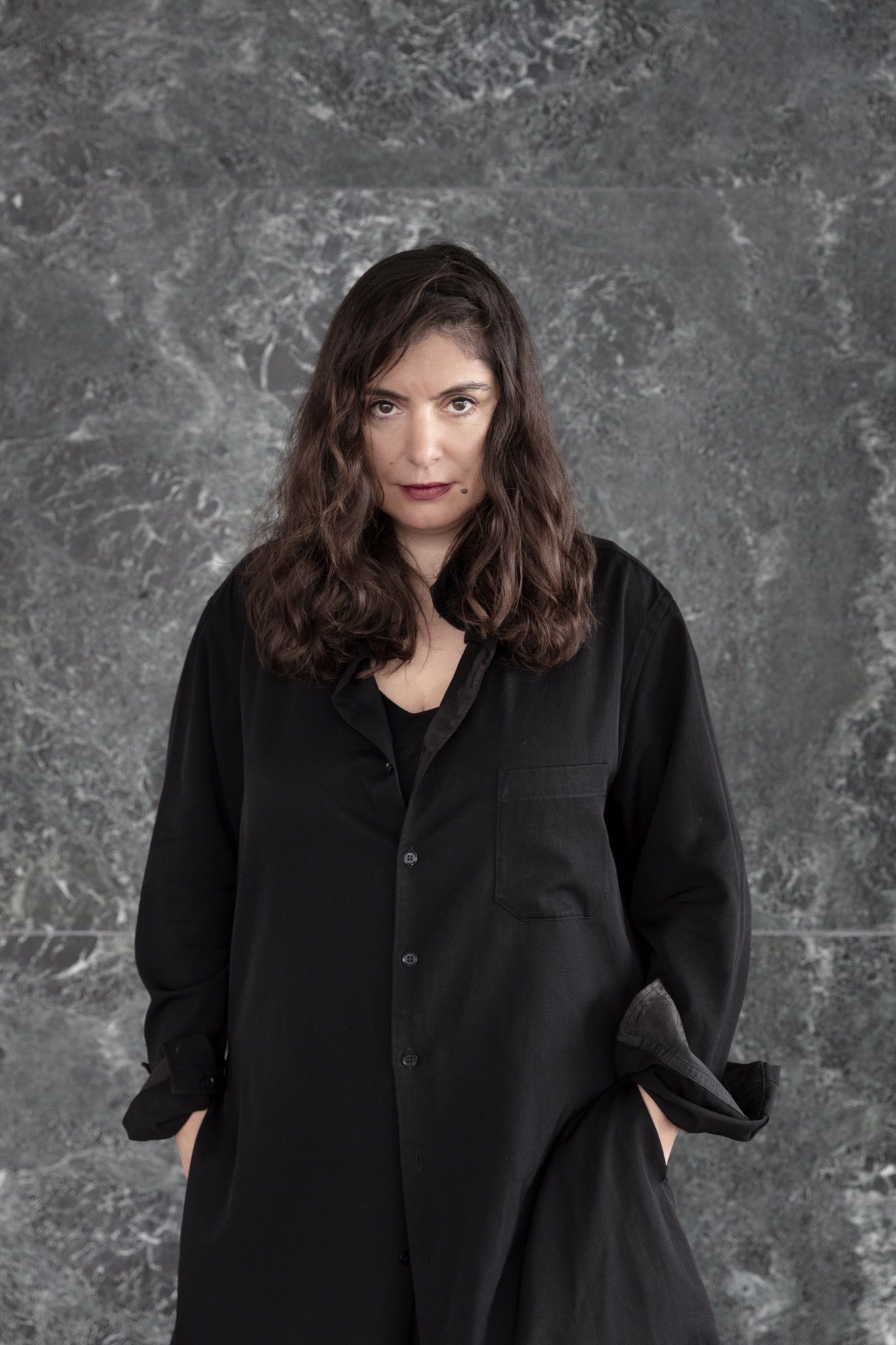
In a Perpetual Now: ROSA BARBA at the Neue Nationalgalerie
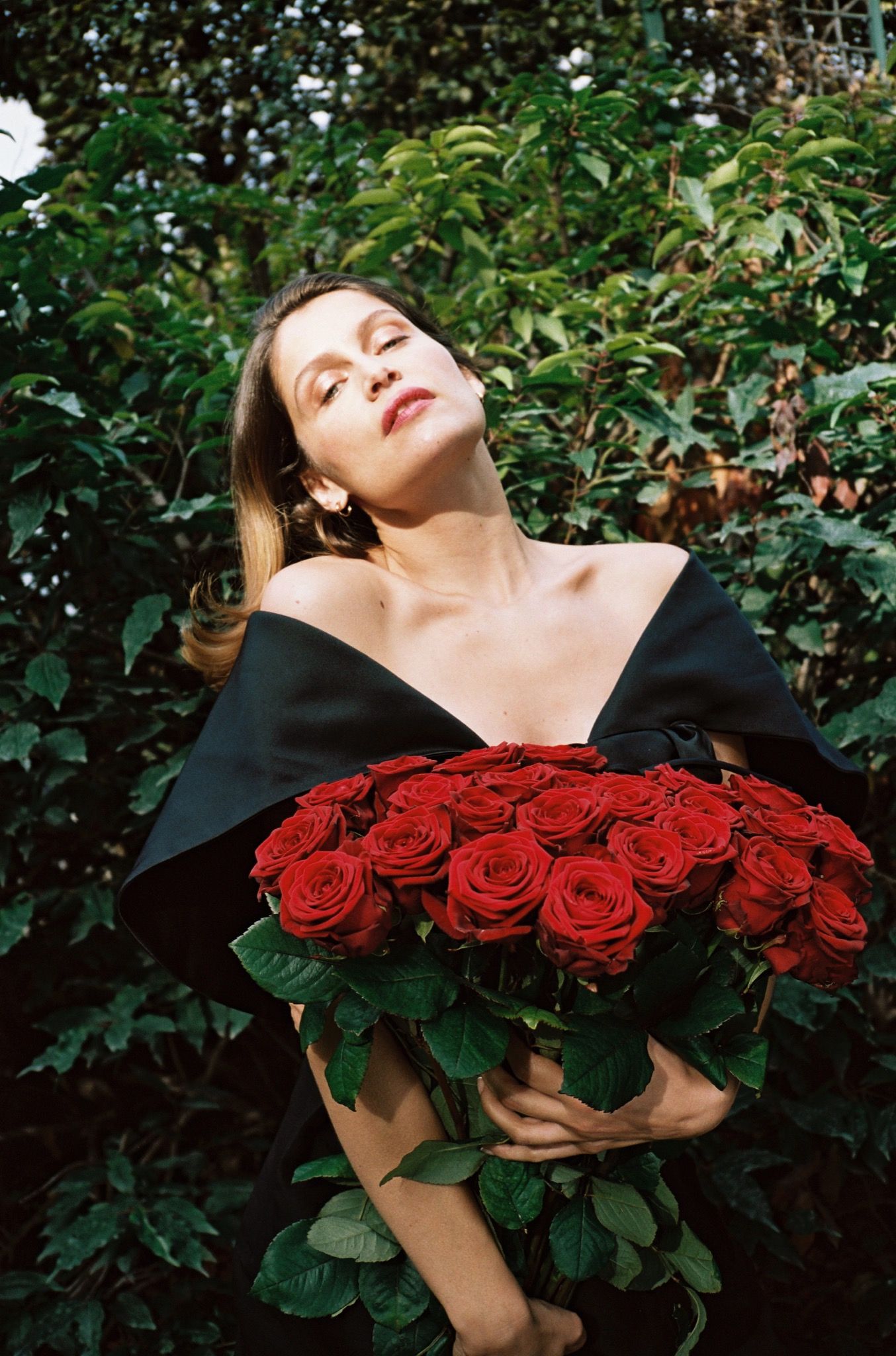
“Seduction is a philosophy, and the fashion world is nothing less than a world of temptations.” In the Garden With LAETITIA CASTA
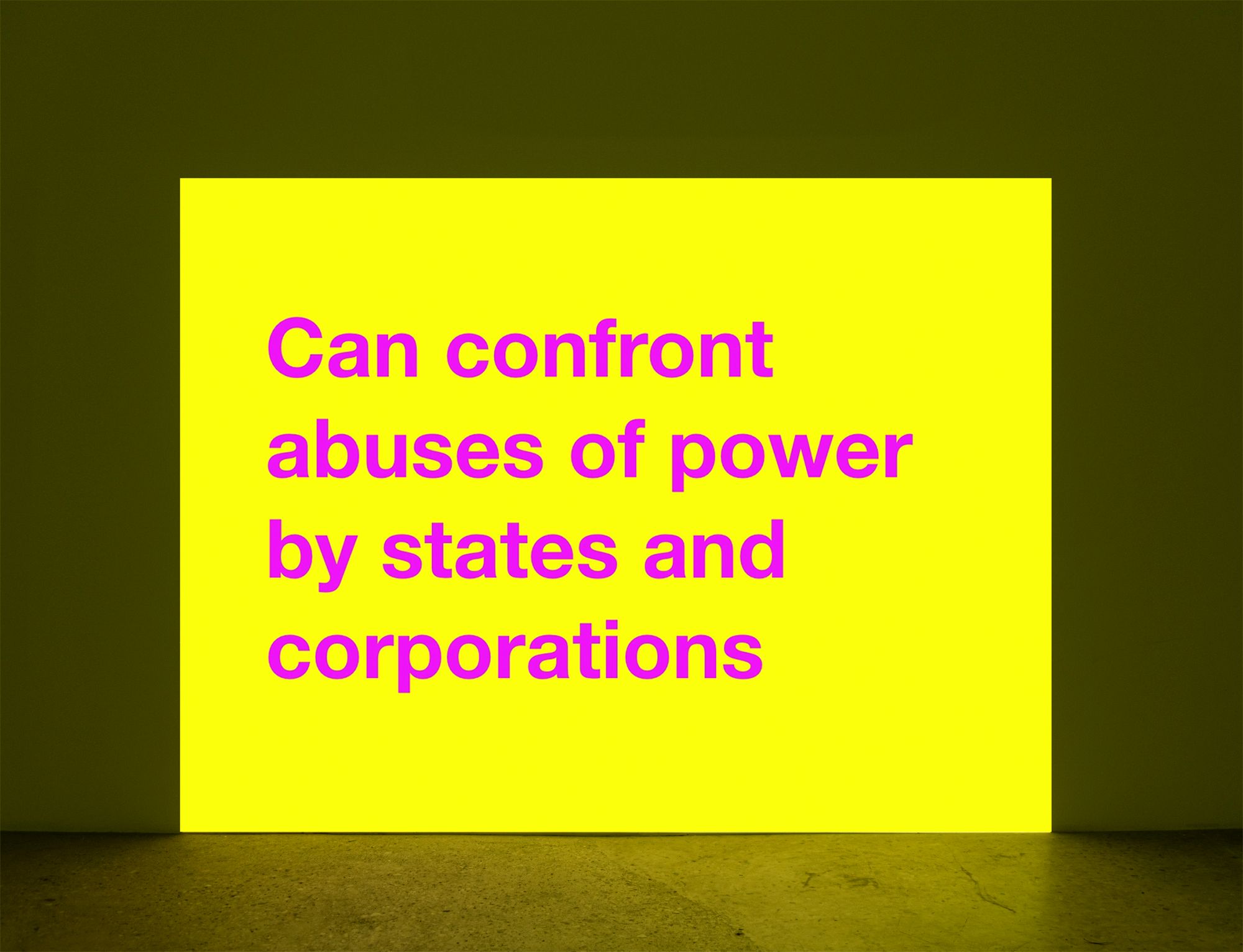
Disco Isn’t Dead. It Has Gone to War